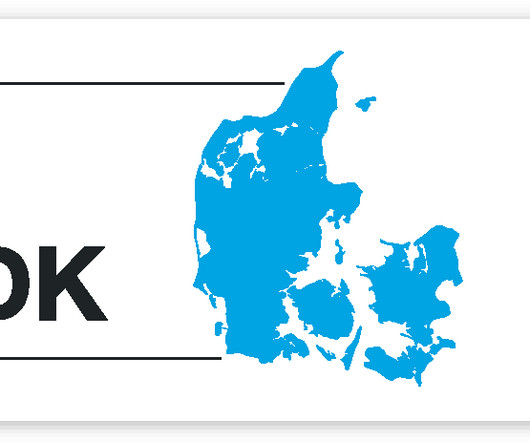What’s New in the EEOC’s 2022-2026 Strategic Plan?
HR Digest
AUGUST 25, 2023
By decoding the new EEOC strategic plan, HR leaders can get a better understanding of how the organization aims to address workplace discrimination and promote equal employment opportunities. Stay tuned to discover how the EEOC’s 2022-2026 strategic plan sets the stage for fostering inclusive and diverse workplaces across the nation.












































Let's personalize your content